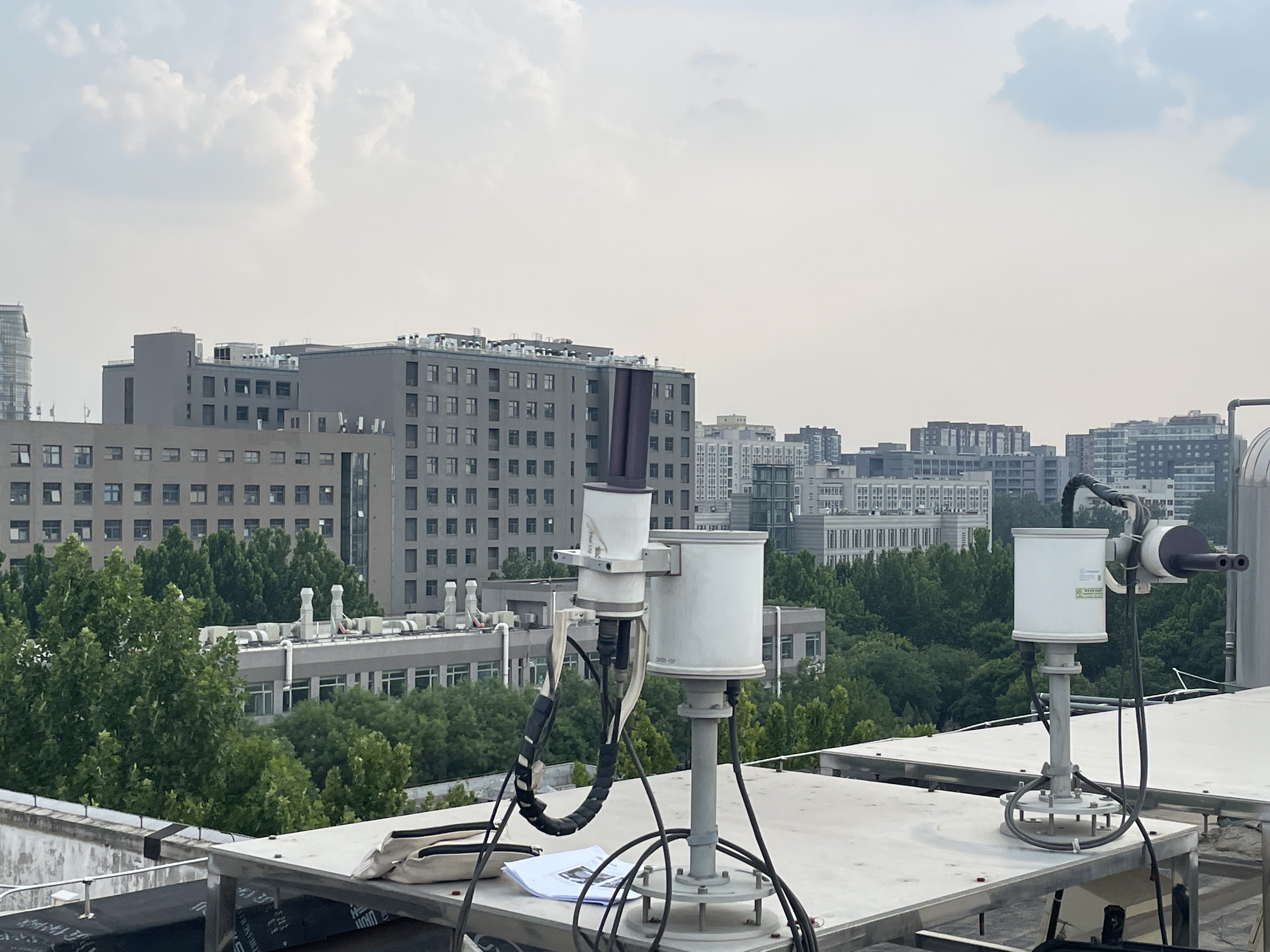Nitrogen dioxide (NO2), a highly reactive gas with a short atmospheric lifetime of only a few hours, poses a threat at high concentrations. The Pandora spectrometer, a high-precision, time-resolved instrument, has been instrumental in monitoring NO2 levels, along with other trace gases such as formaldehyde (HCHO) and ozone (O3).
A Pandora spectrometer of the Aerospace Information Research Institute (AIR) of the Chinese Academy of Sciences (CAS) has provided valuable insights into the dynamics of NO2 concentrations from August 2021 to July 2022. The results were published in Atmospheric Measurement Techniques, and revealed intriguing patterns in NO2 concentrations.The observation by the Pandora spectrometer shed light on the impact of wind patterns on air quality in Beijing. Northerly winds bring clean air with low NO2 concentrations, while southerly winds transport pollution from surrounding areas, resulting in higher NO2 levels. Tropospheric NO2's contribution to the total NO2 vertical column density (VCD) exhibits substantial variability on daily and seasonal scales, ranging between 50% and 60% in winter and 60% and 70% in spring and autumn.
A comparison between Pandora-measured surface concentrations and in situ measurements using a Thermo Scientific 42i-TL analyzer revealed intriguing nuances. The data suggested that Pandora concentrations are generally lower with differing relationships observed at low and high NO2 concentrations. Explanations for these differences were explored in terms of measurement techniques and the influence of physical transport phenomena.
Furthermore, this study used Pandora data for the validation of TROPOspheric Monitoring Instrument (TROPOMI) data, indicating that, on average, TROPOMI VCDs are slightly lower but well within the expected error margin. However, the proximity of the Pandora instrument to a sub-orbital TROPOMI pixel introduced a minor error in tropospheric NO2 VCD, emphasizing the need for precise spatial considerations in satellite-based observation.
It was found that the Pandora observation at the Beijing-RADI site is deemed representative of a 10 km radius, providing valuable insights into the broader air quality dynamics in the region.
This study not only underscores the critical role of Pandora spectrometry in understanding urban air quality dynamics, but also emphasizes its potential for validating satellite-based observation, contributing to atmospheric science.

The Pandora spectrometer installed on the rooftop of AIR's building. (Image by AIR)







